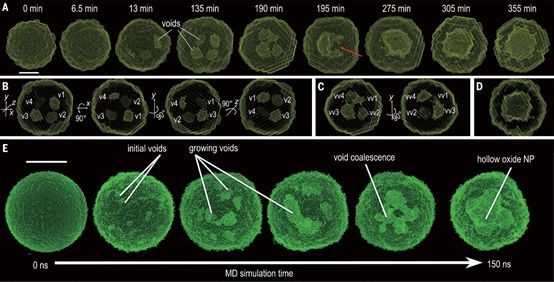computing simulation in Science
QQ Academic Group: 1092348845
Detailed
Thanks to the rapid development of theoretical computational chemistry, the use of computational simulation in material chemistry research is increasingly widespread and in-depth. Research fields in the field of scientific research have gradually formed a "precision preparation - theoretical simulation - advanced characterization". It is this combination of experimental and computational simulations that adds to the reliability and rigor of the paper and is often more widely recognized.
The survey found that in the material related articles published in Science magazine in the past three years, there are nearly 40 articles involving computational simulation cases. Due to space limitations, we only give a detailed introduction of the first 15 articles. The rest of the articles are briefly introduced, you can Click on the title header to jump to the article details.
It is worth noting that in most of the Science work, computational simulations appear as an important proof or representation, and they are combined with high-end test characterization to verify experimental results or explain experimental mechanisms, only in a small amount of work. A means of prediction emerged.
In these 37 articles, the researchers used quantitative calculation software including Quantum ESPRESSO, VASP, Materials Studios, GPAW, Gaussian 09, FHI-aims-, CP2K, etc., the most used is VASP, up to 11 articles, and The Chinese author is even more fond of it.
[PS: Click on the title to read the original]
1. Science£º¡°¿´¼û¡±µ¥Ô×Ó´ß»¯Ê¯Ä«Ï©Éú³¤¡¢DFTÄ£ÄⷴӦ·¾¶
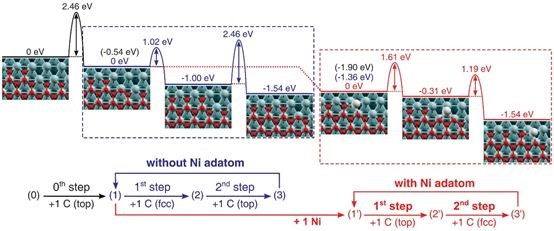
Patera L L, BianchiniF, Africh C, et al. Real-time imaging of adatom-promoted graphene growth onnickel[J]. Science, 2018, 359(6381): 1243-1246.
2. »ÆСÇàScience£º Pt»ùºË¿Ç½á¹¹ORRµç´ß»¯¼Á£¬ÀíÂÛÖ¸µ¼Ó¦Á¦µ÷¿ØPt-O¼üÇ¿¶È£¡
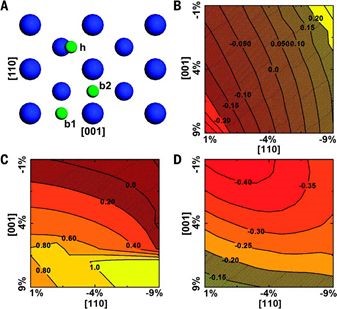
Bu L, Zhang N, Guo S,et al. Biaxially strained PtPb/Pt core/shell nanoplate boosts oxygen reductioncatalysis[J]. Science, 2016, 354(6318): 1410-1414.
3. ´ÞÒÙScience£ºÀíÂÛ+ʵÑ飬ÉîÈë½âÊÍLiCoO2³ä·Åµçµ÷¿ØPt´ß»¯¼ÁÓ¦Á¦ÔöÇ¿ORR»úÀí£¡
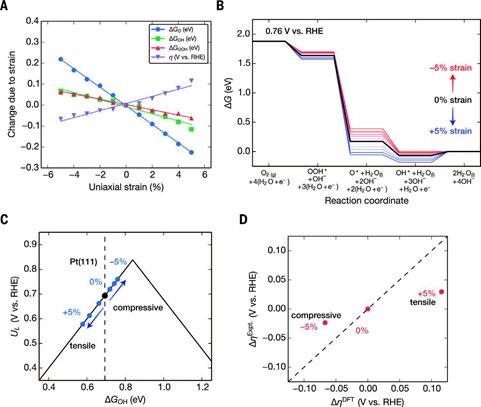
Wang H, Xu S, Tsai C,et al. Direct and continuous strain control of catalysts with tunable batteryelectrode materials[J]. Science, 2016, 354(6315): 1031-1036.
4. Ö£ÄÏ·åScience£ºDFT·ÖÎö»îÐÔλµãºÍ´ß»¯Â·¾¶£¬Ô×Ó¼¶·ÖÉ¢Pd1/TiO2´ß»¯¼ÁµÄ¹â»¯Ñ§ºÏ³É£¡
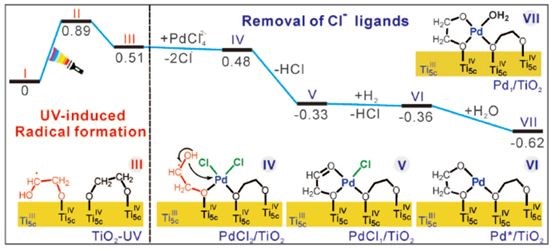
Liu P, Zhao Y, Qin R,et al. Photochemical route for synthesizing atomically dispersed palladiumcatalysts[J]. Science, 2016, 352(6287): 797-800.
5. °üÐźÍScience£º³¬¸ßÑ¡ÔñÐÔת»¯ºÏ³ÉÆøΪµÍ̼ϩÌþ£¬VASPÈí¼þ°ü̽Ë÷´ß»¯»úÀí£¡
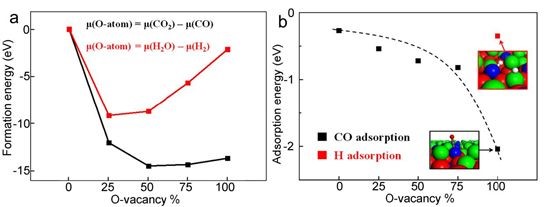
Jiao F, Li J, Pan X,et al. Selective conversion of syngas to light olefins[J]. Science, 2016,351(6277): 1065-1068.
6. ÂéÊ¡Àí¹¤Science£ºDFT·ÖÎö¿¹COÖж¾ÄÜÁ¦£¬»ùÓÚµ¥²ãPtµÄºË¿Ç½á¹¹µç´ß»¯¼Á£¡
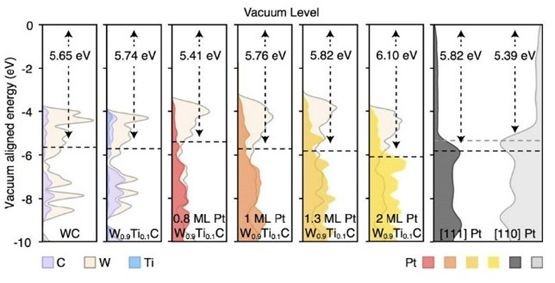
Hunt S T, Milina M,Alba-Rubio A C, et al. Self-assembly of noble metal monolayers on transitionmetal carbide nanoparticle catalysts[J]. Science, 2016, 352(6288): 974-978.
7. Science£º¶àÖÖ¼ÆËãÊÖ¶ÎÆë·¢Á¦£¬ÖÐɽ´óѧÕŽÜÅô¿ØÖÆ¿ÍÌå¹¹Ïó¸ßЧ´¿»¯¶¡¶þÏ©£¡

Liao P Q, Huang N Y,Zhang W X, et al. Controlling guest conformation for efficient purification ofbutadiene[J]. Science, 2017, 356(6343): 1193-1196.
8. ËïÓñ¸ÕScience£ºÔÚÔ×ӳ߶ȿ´¼ûKirkendallЧӦ£¬ÊµÑéÓëÄ£ÄâµÄÍêÃÀ½áºÏ£¡
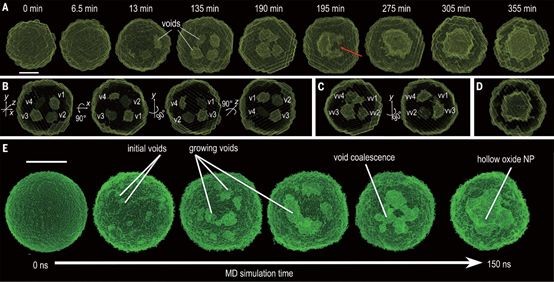
Sun Y, Zuo X, Sankaranarayanan S K R S, et al. Quantitative 3D evolutionof colloidal nanoparticle oxidation in solution[J]. Science, 2017, 356(6335):303-307.
9. Science£ºPtºÏ½ðORR»îÐÔ¿ÉÓÉïçϵԪËص÷¿Ø¼°DFTÉîÈëÀíÂÛÑéÖ¤
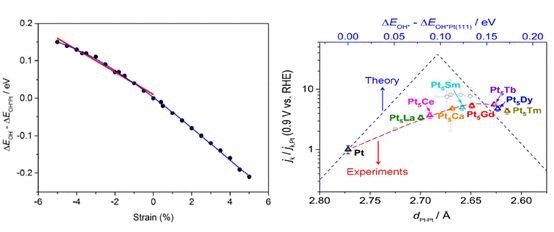
Escudero-Escribano M, Malacrida P, Hansen M H, et al. Tuning theactivity of Pt alloy electrocatalysts by means of the lanthanidecontraction[J]. Science, 2016, 352(6281): 73-76.
10. Science£ºÀíÂÛÓëʵÑéÁªÊÖÊÍÒÉ£¬ZnOÈçºÎÔöÇ¿Cu´ß»¯ºÏ³É¼×´¼£¿
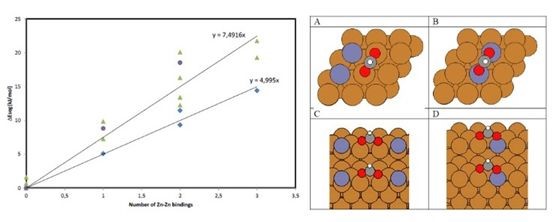
Kuld S, Thorhauge M, Falsig H, et al. Quantifying the promotion of Cucatalysts by ZnO for methanol synthesis[J]. Science, 2016, 352(6288): 969-974.
11. Science×ÛÊö£ºµç´ß»¯ËÄ´ó·´Ó¦£¨HER/HOR/ORR/OER£©ÖеIJÄÁÏÉè¼Æ£¡
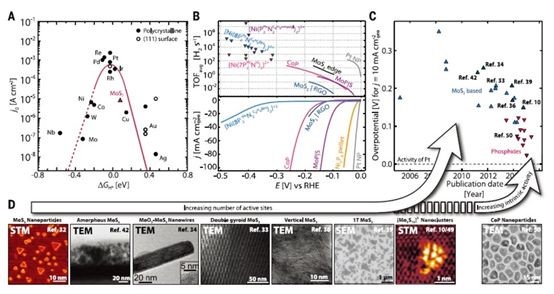
Seh Z W, Kibsgaard J, Dickens C F, et al. Combining theory andexperiment in electrocatalysis: Insights into materials design[J]. Science,2017, 355(6321): eaad4998.
12 ÀíÂÛ¼ÆËãÓ뻯ѧºÏ³É£¬½õÉÏÌí»¨»¹ÊÇÑ©ÖÐËÍÌ¿£¿¡ª¡ª´ÓһƪScienceºÏ³É¹¤×÷˵¿ªÈ¥
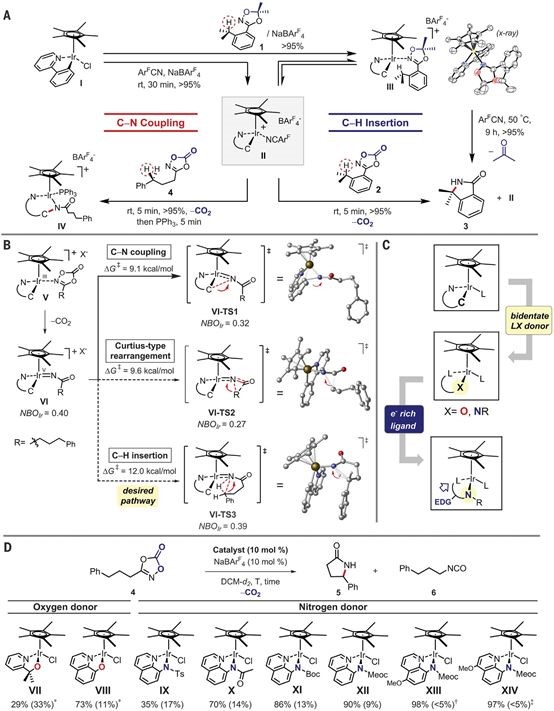
Hong S Y, Park Y, Hwang Y, et al. Selective formation of ¦Ã-lactams viaC¨CH amidation enabled by tailored iridium catalysts[J]. Science, 2018, 359(6379):1016-1021.
13. Science£º97%, ¼×Íé¸ßÑ¡ÔñÐÔÖ±½ÓÖƼ״¼£¡
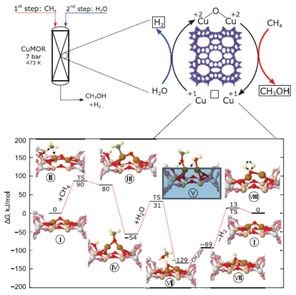
Sushkevich V L, Palagin D, Ranocchiari M, et al. Selective anaerobicoxidation of methane enables direct synthesis of methanol[J]. Science, 2017,356(6337): 523-527.
14. Science£º·Ö×Ó¶¯Á¦Ñ§½áºÏEXAFS±íÕ÷£¬Ì½¾¿PtÄÉÃ×ÏßORR³¬¸ßÖÊÁ¿»îÐÔ»úÀí£¡
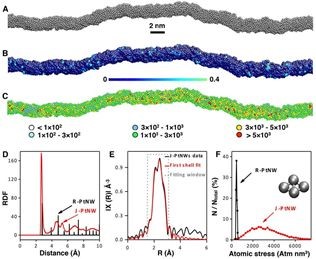
Li M, Zhao Z, Cheng T, et al. Ultrafine jagged platinum nanowires enableultrahigh mass activity for the oxygen reduction reaction[J]. Science, 2016,354(6318): 1414-1419.
15. DFT¼ÆËãÄ£Äâ+¸ßͨÁ¿ÊµÑéÑéÖ¤£¬ÕÒµ½ÔÚ»·¼ºÍéÈܼÁÖнøÐм×ÍéÅ𻯵ķ½·¨
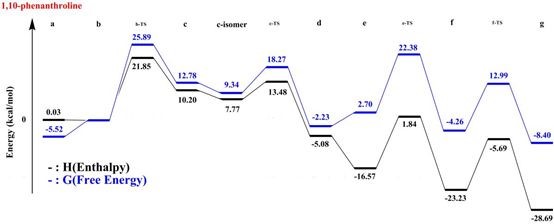
Smith K T, Berritt S,Gonz¨¢lez-Moreiras M, et al. Catalytic borylation of methane[J]. Science, 2016,351(6280): 1424-1427.
16. Science£ºµç³¡¹Ì¶¨MOF¾§¸ñ£¬ÔöÇ¿ÆøÌå·ÖÀëÑ¡ÔñÐÔ£¡
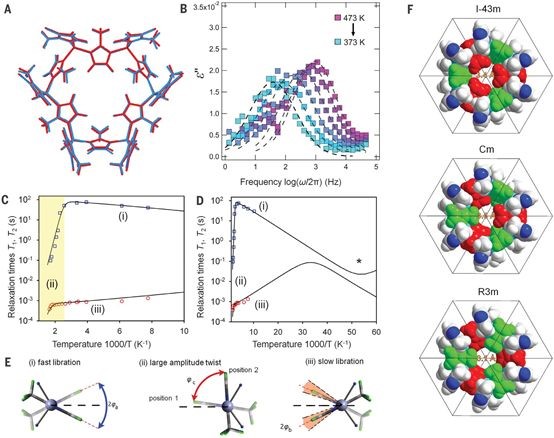
Knebel A, Geppert B,Volgmann K, et al. Defibrillation of soft porous metal-organic frameworks withelectric fields[J]. Science, 2017, 358(6361): 347-351.
17. Science£º¼×Íé²úÇâÐÂÀûÆ÷¡ª¡ª¡°µ¥Ô×Ó¡±ÒºÌ¬´ß»¯¼Á£¿
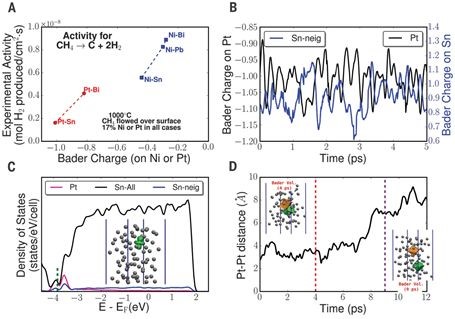
Upham D C, Agarwal V,Khechfe A, et al. Catalytic molten metals for the direct conversion of methaneto hydrogen and separable carbon[J]. Science, 2017, 358(6365): 917-921.
18. ScienceÖØ°õ£º»¯Ñ§ºÏ³É°ëµ¼ÌåÄÉÃ׿×ʯīϩ£¡
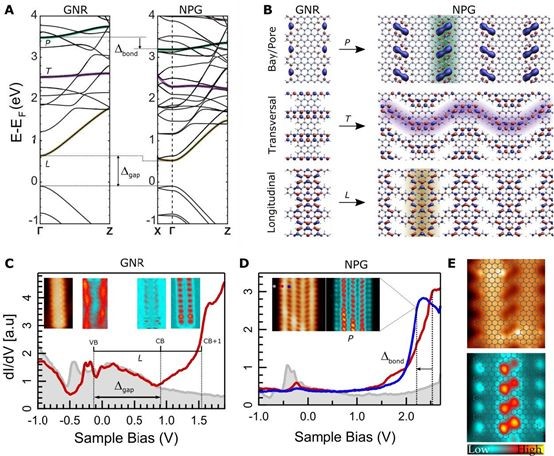
Moreno C, Vilas-VarelaM, Kretz B, et al. Bottom-up synthesis of multifunctional nanoporous graphene[J].Science, 2018, 360(6385): 199-203.
19. Science£º´¿´¿µÄ°®£¬´¿SiO2·Ö×Óɸ100%·ÖÀëÒÒÏ©£¡
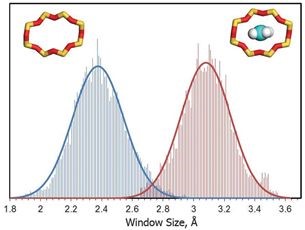
Bereciartua P J,Cant¨ªn ¨¢, Corma A, et al. Control of zeolite framework flexibility and poretopology for separation of ethane and ethylene[J]. Science, 2017, 358(6366):1068-1071.
20. Science£ºÆ½Ãæ¸ÆîÑ¿óÌ«ÑôÄܵç³ØÖеĽçÃæÏÝÚå¶Û»¯£¡

Tan H, Jain A, VoznyyO, et al. Efficient and stable solution-processed planar perovskite solar cellsvia contact passivation[J]. Science, 2017, 355(6326): 722-726.
21. Science£º¶ÔÒÒȲÓи߶ÈÑ¡ÔñÐÔÇ׺ÍÁ¦£¬ÊµÏÖ¸ßЧÆøÌå·ÖÀ룡
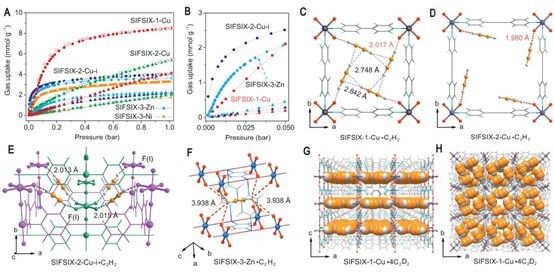
Cui X, Chen K, Xing H,et al. Pore chemistry and size control in hybrid porous materials for acetylenecapture from ethylene[J]. Science, 2016, 353(6295): 141-144.
22. Science£ºÇâÔ×Ó¿ØÖÆʯīϩ´ÅÐÔ£¡
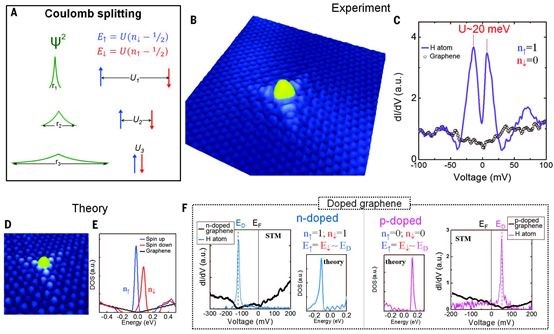
Gonz¨¢lez-Herrero H,G¨®mez-Rodr¨ªguez J M, Mallet P, et al. Atomic-scale control of graphenemagnetism by using hydrogen atoms[J]. Science, 2016, 352(6284): 437-441.
23. Science£ºBNʵÏÖ±ûÍéÑ¡ÔñÐÔÑõ»¯ÍÑÇâÖƱûÏ©£¡
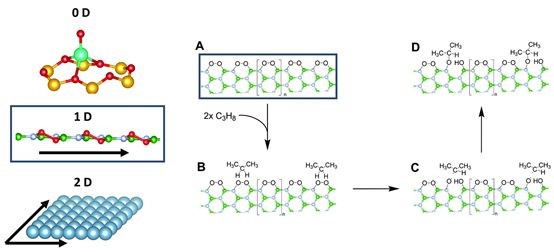
Grant J T, Carrero CA, Goeltl F, et al. Selective oxidative dehydrogenation of propane to propeneusing boron nitride catalysts[J]. Science, 2016, 354(6319): 1570-1573.
24. Science£º70%£¡´ß»¯´óÅ£SargentÔÚÇ¿¼îÐÔµç´ß»¯»¹ÔCO2ÖÆÒÒÏ©£¡
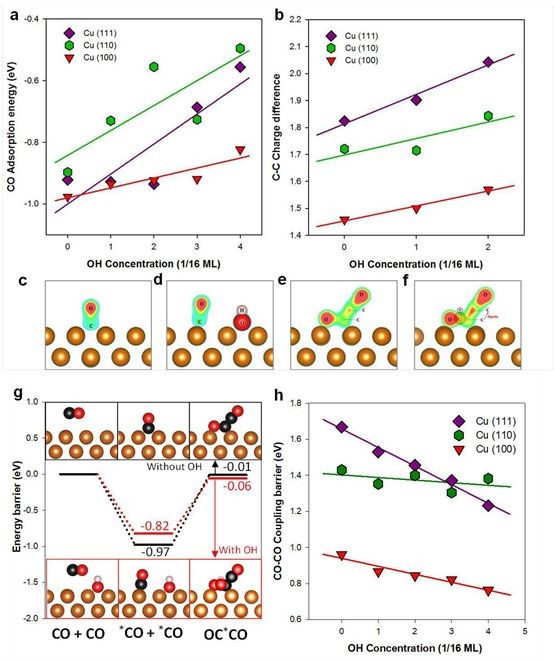
Dinh C T, Burdyny T,Kibria M G, et al. CO2 electroreduction to ethylene via hydroxide-mediatedcopper catalysis at an abrupt interface[J]. Science, 2018, 360(6390): 783-787.
25. Science£º¶à½ðÊôOERµç´ß»¯¼Á³¬µÍ¹ýµçλ£¡
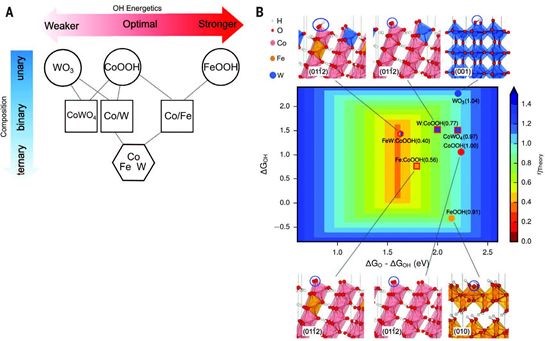
Zhang B, Zheng X,Voznyy O, et al. Homogeneously dispersed multimetal oxygen-evolvingcatalysts[J]. Science, 2016, 352(6283): 333-337.

Mannix A J, Zhou X F,Kiraly B, et al. Synthesis of borophenes: Anisotropic, two-dimensional boronpolymorphs[J]. Science, 2015, 350(6267): 1513-1516.
27. Science£º½ðÄÉÃ×°ôÔõô×ö¶¼²»¾ùÔÈ£¿¼¤¹âÕÕÒ»ÕÕ¾ÍÐУ¡
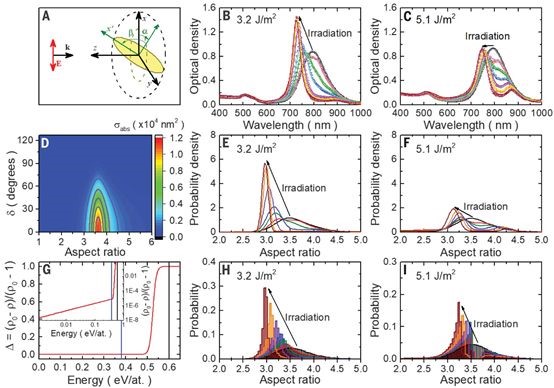
Gonz¨¢lez-Rubio G,D¨ªaz-N¨²ñez P, Rivera A, et al. Femtosecond laser reshaping yields gold nanorodswith ultranarrow surface plasmon resonances[J]. Science, 2017, 358(6363):640-644.
28. Science£ºï®µç³Ø²ã×´Ñõ»¯ÎïÒõ¼«²ÄÁÏ£¡
- Previous£º Robust microscale supe
- Next£º 1


 About us
About us
